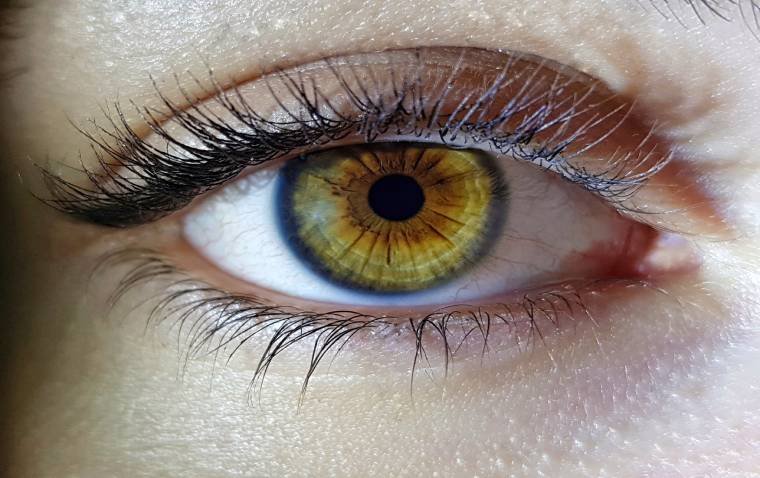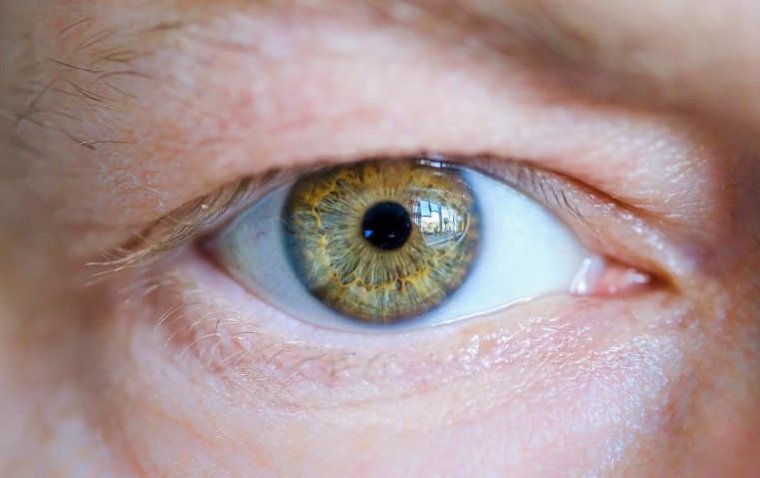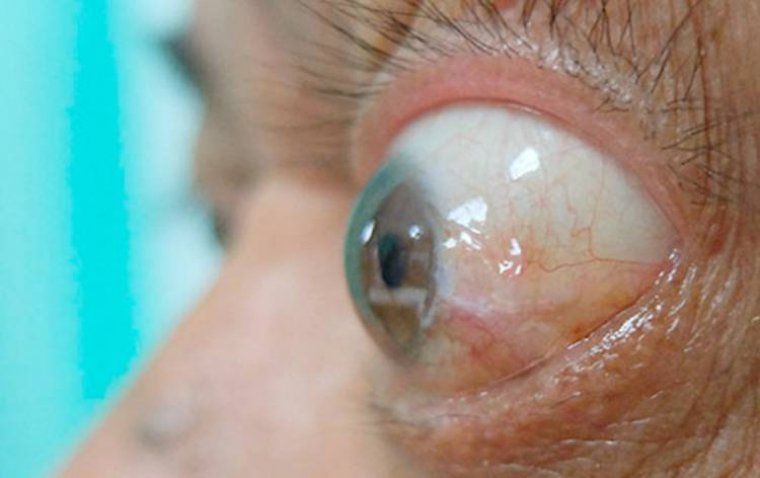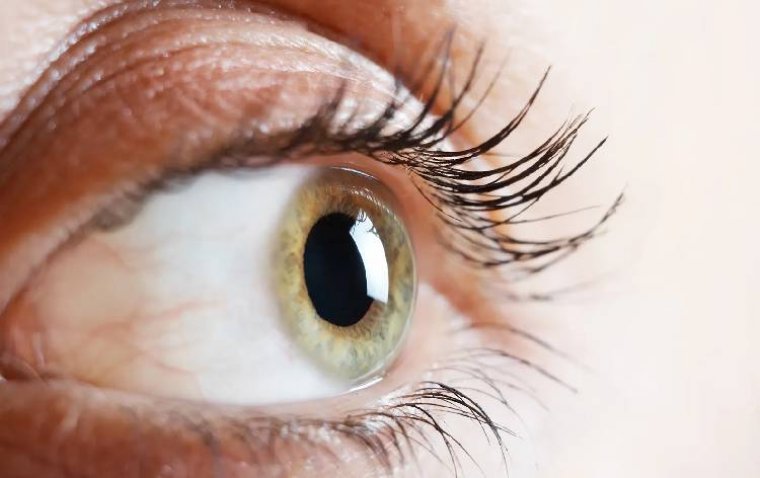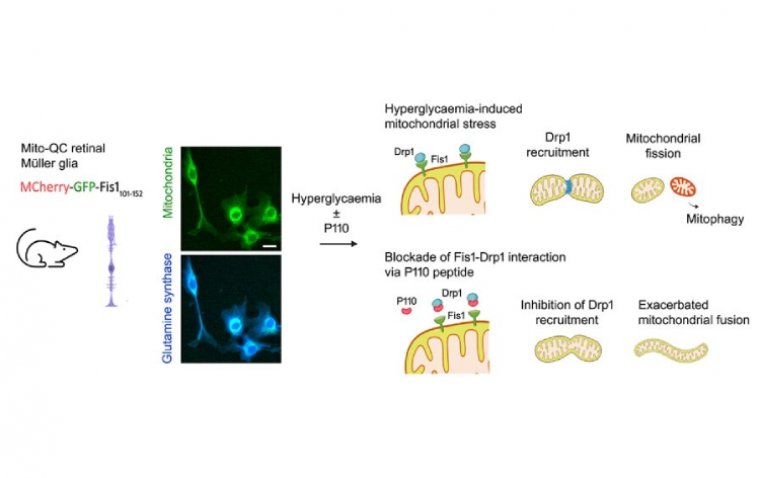
New Insights into Diabetic Retinopathy May Pave the Way for Future Treatments
In research published in Nature Communications, the experimental ophthalmology team at the Institute of Inflammation and Aging has made strides in understanding the biological mechanisms behind diabetic retinopathy, a common complication of diabetes affecting the retina. This condition is known to impact up to 80% of individuals who have been living with diabetes for an extended period, often leading to blindness if not diagnosed and managed promptly.
Exploring Diabetic Retinopathy
Diabetic retinopathy is primarily caused by prolonged high blood sugar levels, which damage the retina—the light-sensitive tissue at the back of the eye. Regular medical examinations are crucial for people with diabetes to prevent the onset of vision loss due to this complication.
Mitochondrial Dysfunction in Diabetes
The research highlights the critical role of mitochondria, often referred to as the cell's "batteries," in maintaining cellular health. These organelles are responsible for producing energy, and in a healthy individual, damaged mitochondria are swiftly replaced with new ones. This process ensures the efficient functioning of various bodily systems, including nerves, blood vessels, and the immune system. However, in individuals with diabetes, this mitochondrial turnover is compromised, leading to the accumulation of damaged mitochondria in the retina, which in turn increases the risk of inflammatory and nerve damage, contributing to vision loss.
The team employed retina samples from diabetic donors and innovative murine models to investigate the impaired mitochondrial turnover in diabetic retinopathy, identifying hyperconnectivity in the retina as a contributing factor.
Towards Novel Therapies for Diabetic Retinopathy
Their experiments also led to the development of a drug discovery platform, highlighting the potential of a drug known as Kinetin Riboside to reactivate mitochondrial turnover and improve cell function in diabetic conditions. Preliminary studies in mice have shown that this drug could help prevent nerve deterioration in the retina, pointing towards its possible therapeutic application for diabetic retinopathy.
Dr. Jose Romero Hombrebueno, who led the study, emphasized the importance of their findings, stating, "Since the onset of diabetic retinopathy cannot currently be prevented, there is an urgent need to develop safe and effective therapies for the management of early disease. This work goes some way to doing that by uncovering the mechanisms behind the damage caused by diabetic retinopathy."
The Global Diabetes Epidemic and Its Impact
With an estimated 537 million people worldwide living with diabetes—a number expected to increase sharply in the coming years according to the International Diabetes Federation—the need for effective treatments is more urgent than ever. Diabetes results from the body's inability to produce sufficient insulin or to use the insulin it produces effectively, leading to elevated blood sugar levels. This research offers hope for new therapies that could prevent or manage the debilitating effects of diabetic retinopathy, improving the quality of life for millions affected by this condition.
Reference
Aidan Anderson et al, Relaxation of mitochondrial hyperfusion in the diabetic retina via N6-furfuryladenosine confers neuroprotection regardless of glycaemic status, Nature Communications (2024). DOI: 10.1038/s41467-024-45387-9
(1).jpg)


